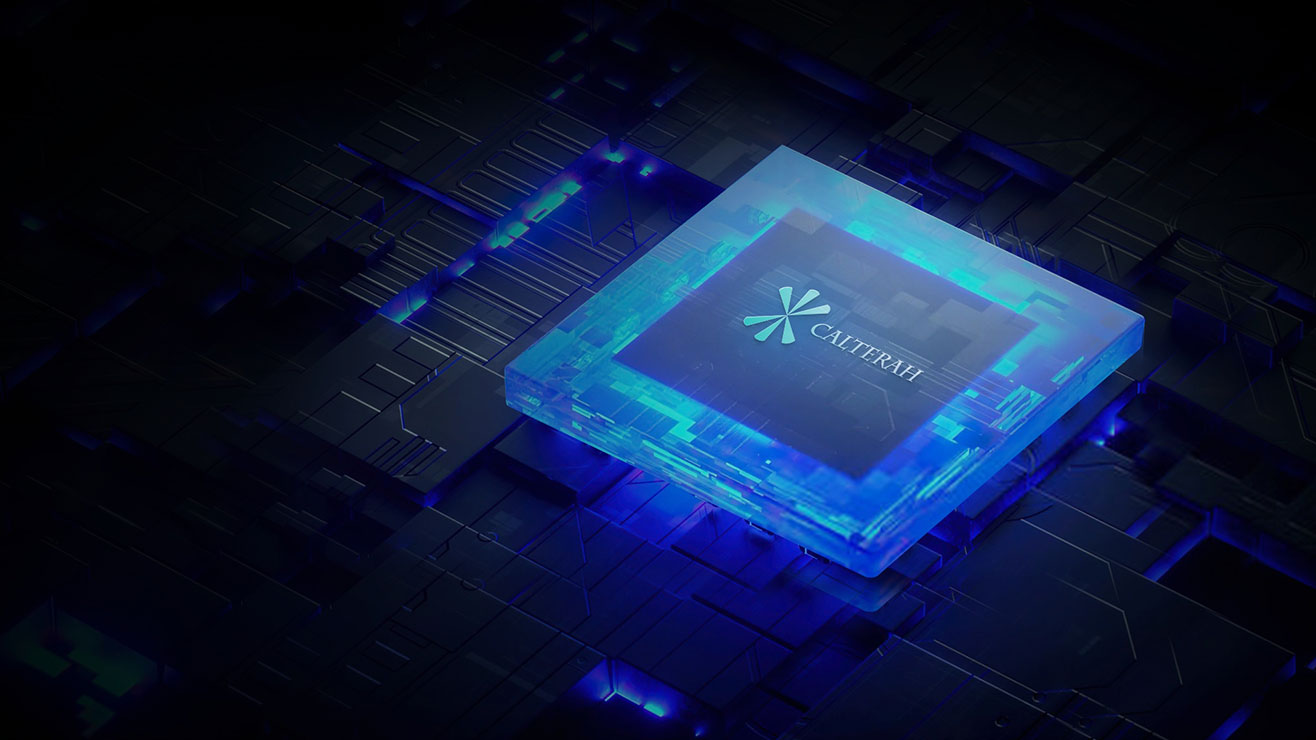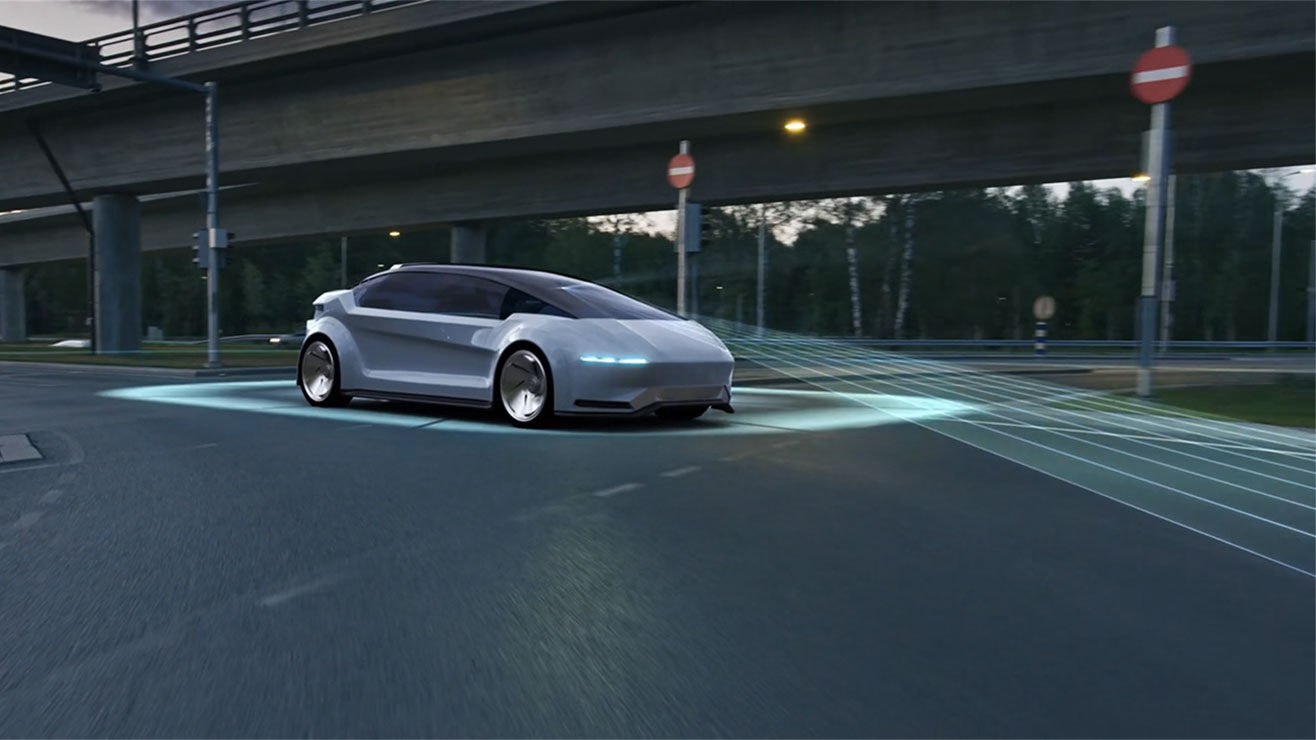We highly value your privacy.
Automotive-Grade mmWave Radar SoCs
-
-
Alps Platform
- Alps
- Alps-Pro NEW
- Rhine
-
-
-
Andes Platform
- Andes NEW
-
-
-
Kunlun Platform
- Kunlun-USRR NEW
- Lancang-USRR NEW
-


Frequently Asked Questions
Learn more details
What are the technological advantages of Calterah CMOS mmWave radar SoCs?
How to understand the advantage of high integration of Calterah mmWave radar chips? What are the benefits of high integration?
After purchasing Calterah mmWave SoCs, what technical resources and support will Calterah offer?
What is the AiP technology? What are its advantages in practical application?
What is the RoP® technology? What are its advantages in practical application?
What applications can Calterah chips achieve? And what certifications does Calterah have?
What capabilities does Calterah have in terms of mass production testing?
How to tell a Calterah automotive radar SoC from an industrial one by their part numbers?
Submit Questions
If you have any questions, please contact sales@calterah.com.



